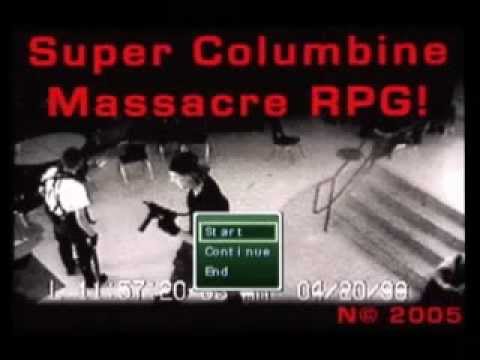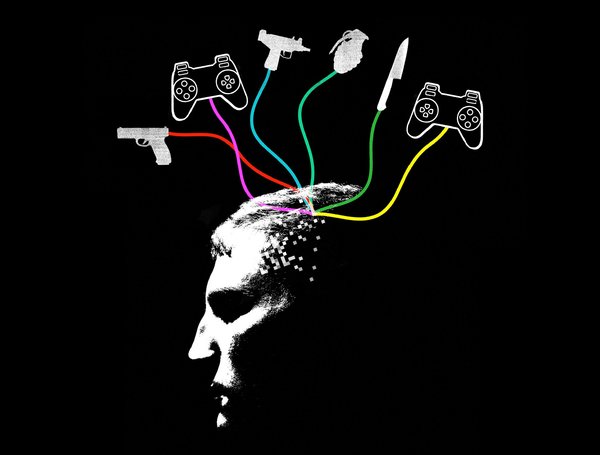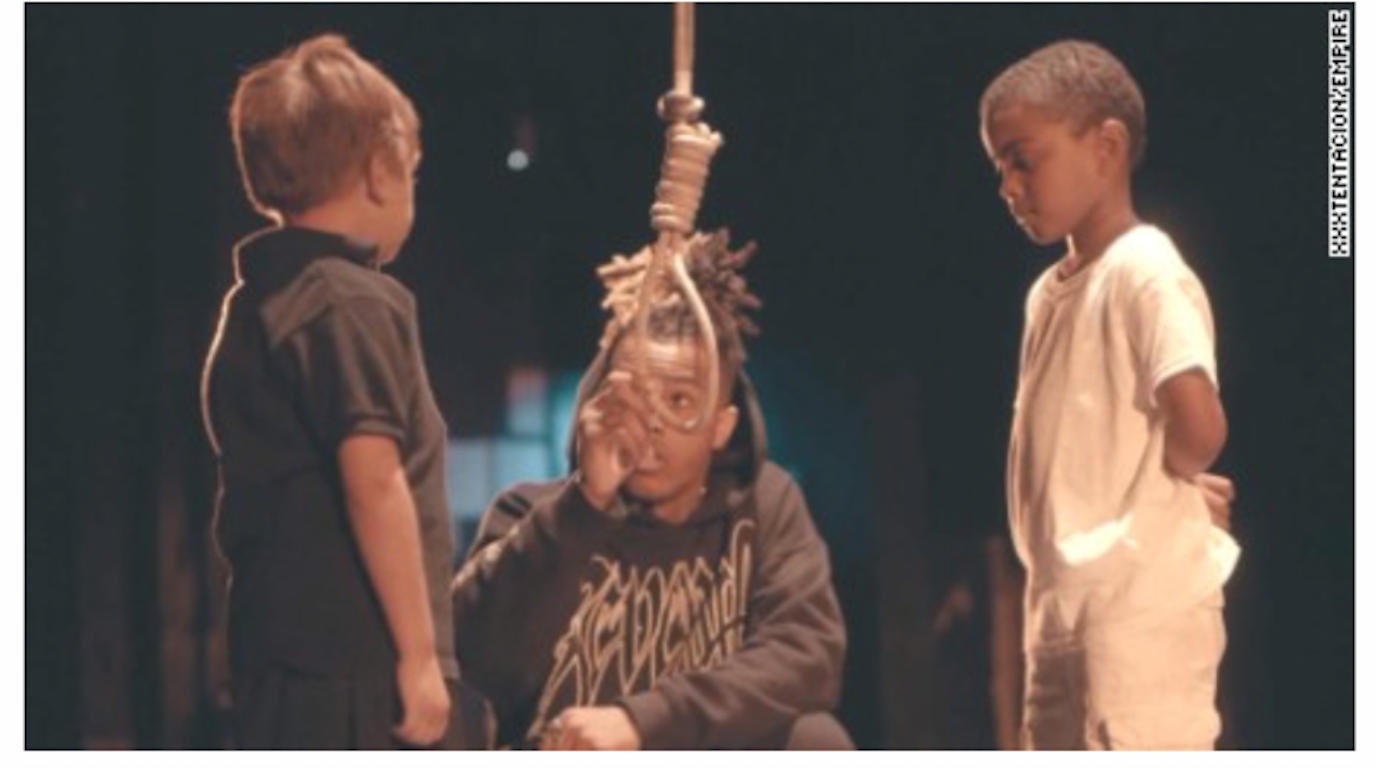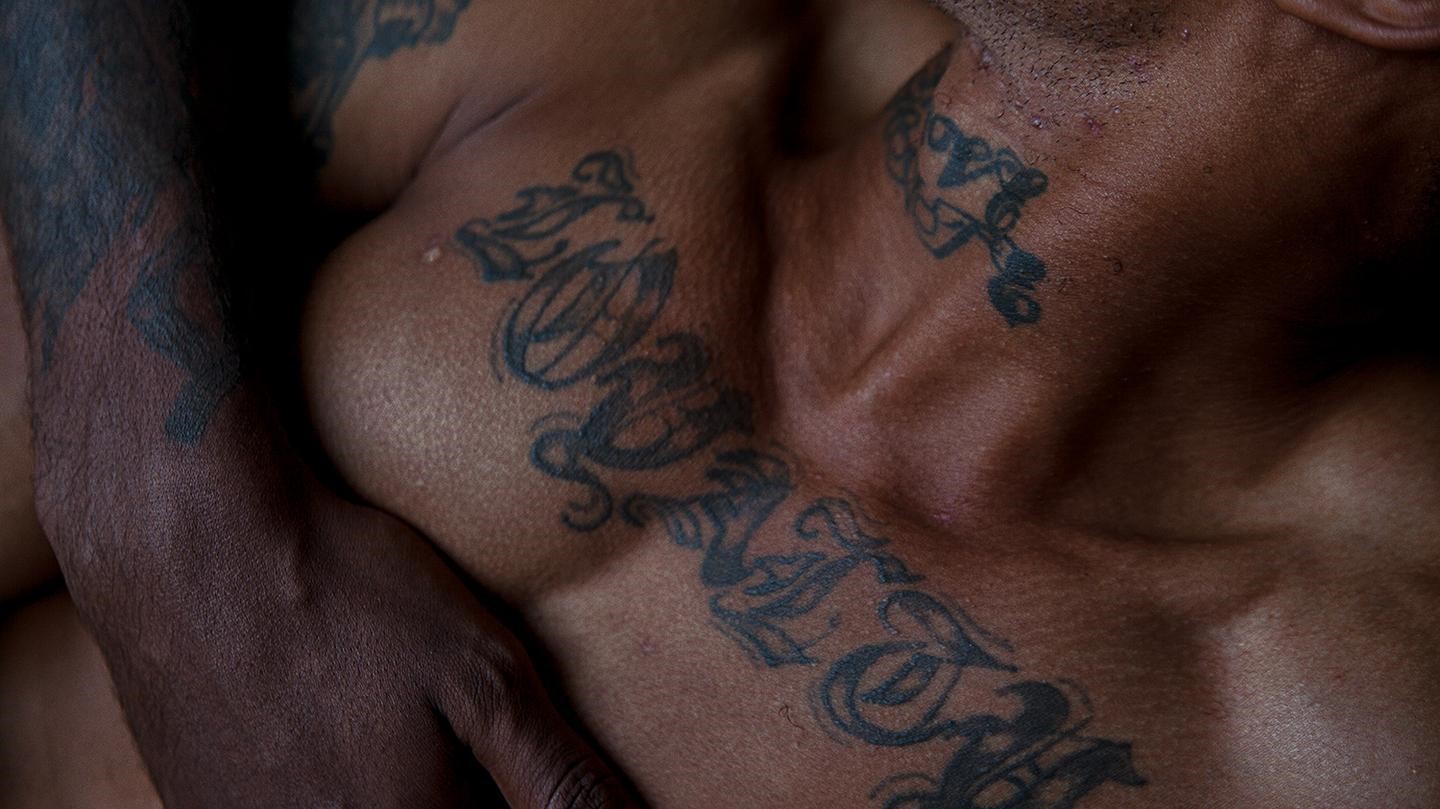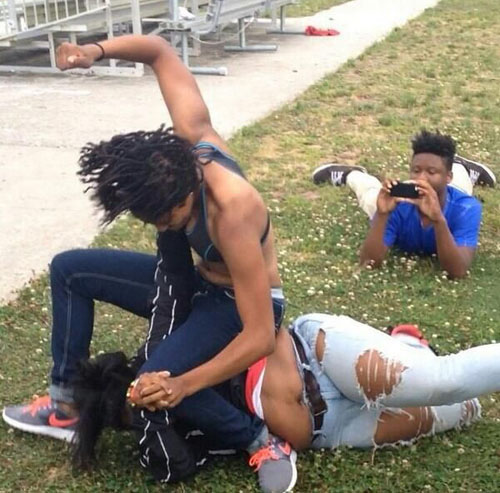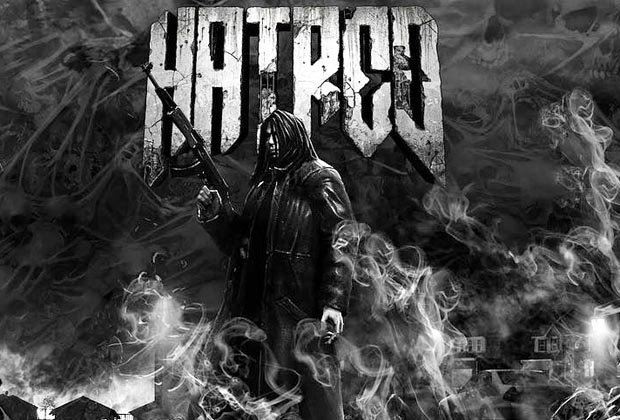
Recently, game developer Destructive Creations released Hatred, a shooting game with the “hook,” if not the central purpose, being the massacre of screaming, begging innocents in an environment drawn almost directly from the depraved mind of one of the ceaseless mass shooters who dominate the news. Needless to say, this was not well received.
One often sees works gain publicity through graphic images or subject matter. This is not inherently negative, as certain works, even certain games (Spec Ops: The Line and Super Columbine Massacre RPG! Leap to mind) use the violence and horror of their subject matter to make commentary on the action. Whether they succeed or not is a failure of the artist, not a failure of the subject. Just because a work covers a school shooting and fails does not mean another cannot create a nuanced, thought-provoking piece on the same subject.
This is not the same situation. Besides being a bad game, the aesthetic of the mass shooting in Hatred is not commentary but window dressing. A reviewer for Metro.co.uk characterizes it by saying “Hatred’s unpleasantness is just a cynical and calculated way to sell more games.” Eurogamer comments that far from being solely the work’s name, Hatred “is the reaction the game itself so openly craves.” Indeed the general consensus by critics is that the piece openly assumes the imagery of one of modernity’s most horrific features purely to sell copies of a subpar piece of entertainment.
This case is interesting for another reason besides the obvious. The relationship between games and crime has been a prominent feature of the news for the past decades. Media outlets have tried on multiple occasions to link games to exactly the sort of crime in which Hatred exults. The entire medium is accused of being essentially violent pornography and pornographic violence, with the least mainstream and most savage outliers treated as standard. In this light, it is worth noting that the one game which actually embraced this identity, which charged players with assuming the role of a violent, heartless psychotic without remorse or deeper identity, the critical reception was overwhelmingly negative. And one notices that Hatred is not only loathed, but rather alone. The only other two works to which reviewers could compare it to were both satires, exaggerating the violence for artistic effect. Bluntly put, what is shocking is that this is so shocking, if for years games have been accused of doing far worse. Indeed, in the Eurogamer review, the critic marveled at this, and noted that compared to literature and music and film, all of which possess their share of horridly violent and “exploitative” content, that such a crude thing as Hatred is the most video games possess.
Yet here we find a strange distinction between press and players, because despite the critical backlash, according to reporting by gamezone.com, Hatred has become a “top seller” on its main distribution platform. Which among other things leads us to the unsettling realization that the imagery of mass, sadistic, over the top murder can actually sell quite well, and again returns us to the essential question of violence in games. Hatred capitalizes off of crime, but in a manner we seldom see. We would not flinch at a work of fiction that sought to depict a drug lord, or biker gang, or serial killer as a protagonist; indeed, these pieces have come and gone and done phenomenally well on TV. What Hatred does is to show a type of crime that is very hard to glamorize: mass shootings. This is incredibly uncomfortable, to the point where one wonders if the work can be worth it. The piece has been censored, and uncensored, debated ad nauseum, sold countless times to countless people, and yet for all that cannot remove the smell of slime. In an earlier post, I discussed Super Columbine Massacre RPG!, asking whether or not such a tragic event could, or should, be expressed in a game. Yet Hatred seems a very different situation—not whether it can be a subject of a game, but whether it can be the “hook” to draw in viewers. Breaking Bad attracted an audience curious about the seedy underbelly of drug crime; can Hatred do the same with its brand of violence?
The issue is not clear, but one wonders what would have happened had the work a different aesthetic, leaving the mechanics and structure the same. Art can say many things, and let us hope Hatred was trying to say something besides “please buy me, I’m edgy.”

